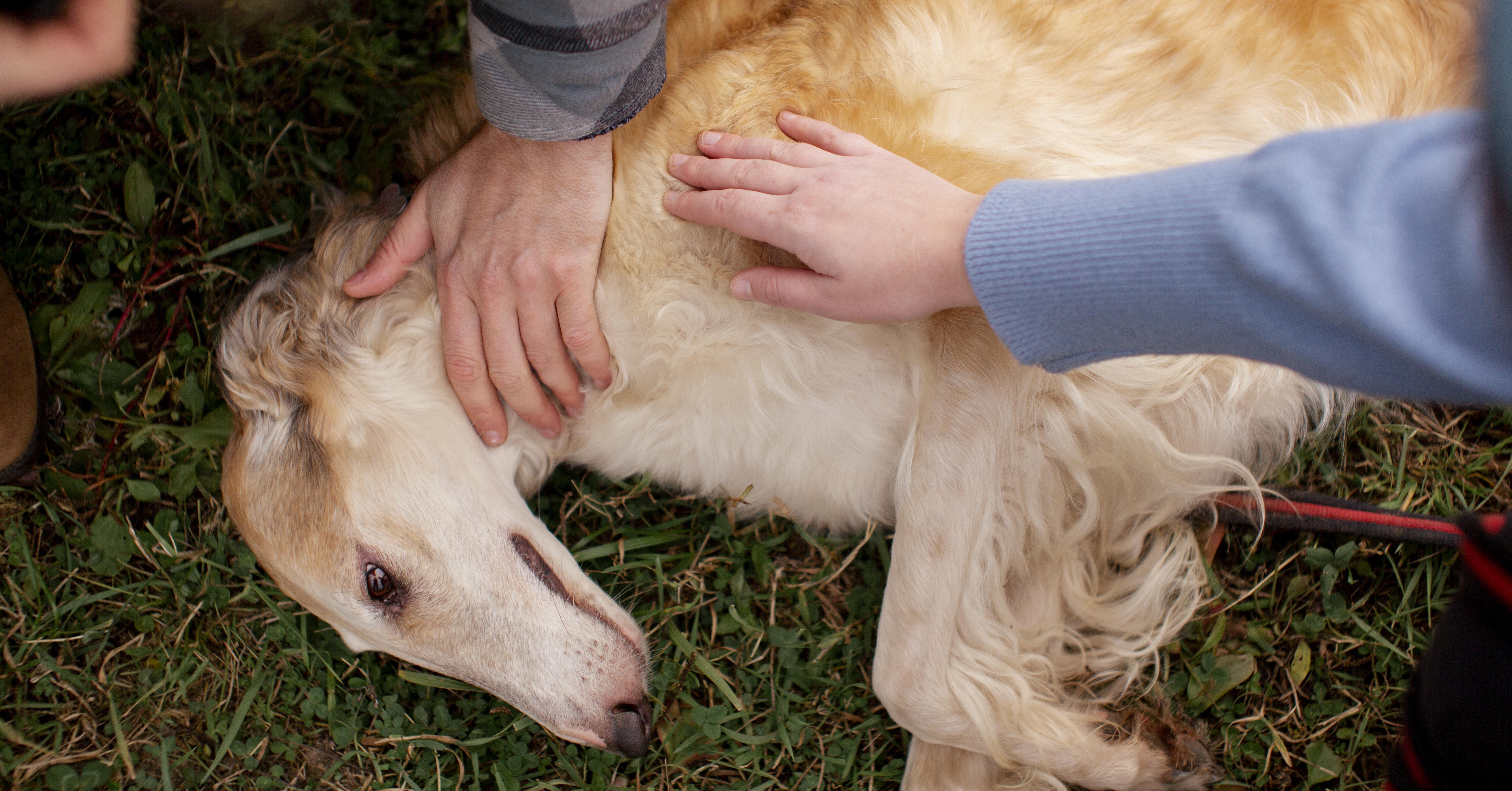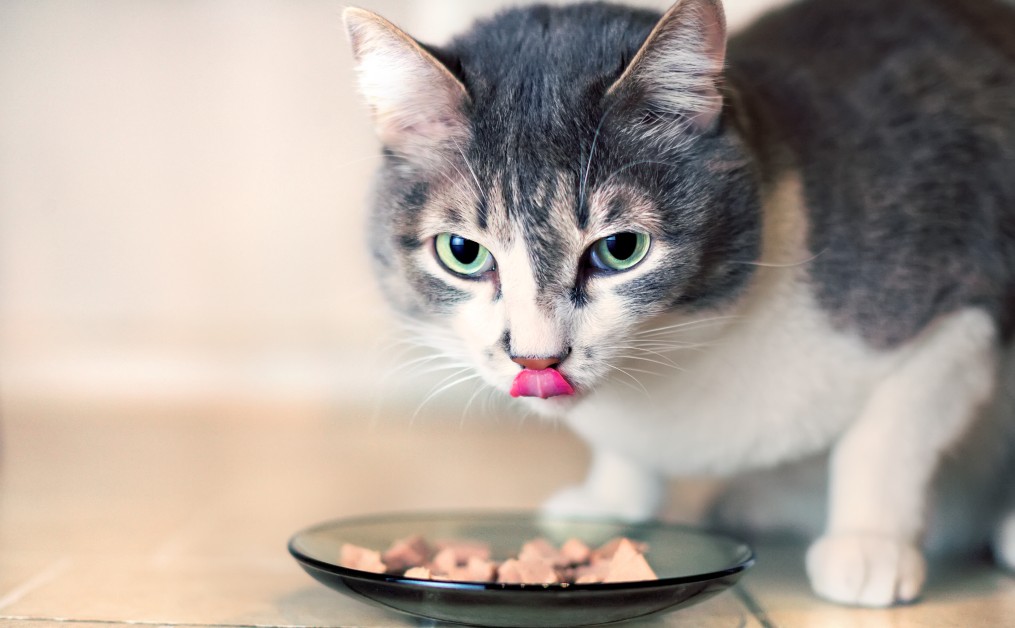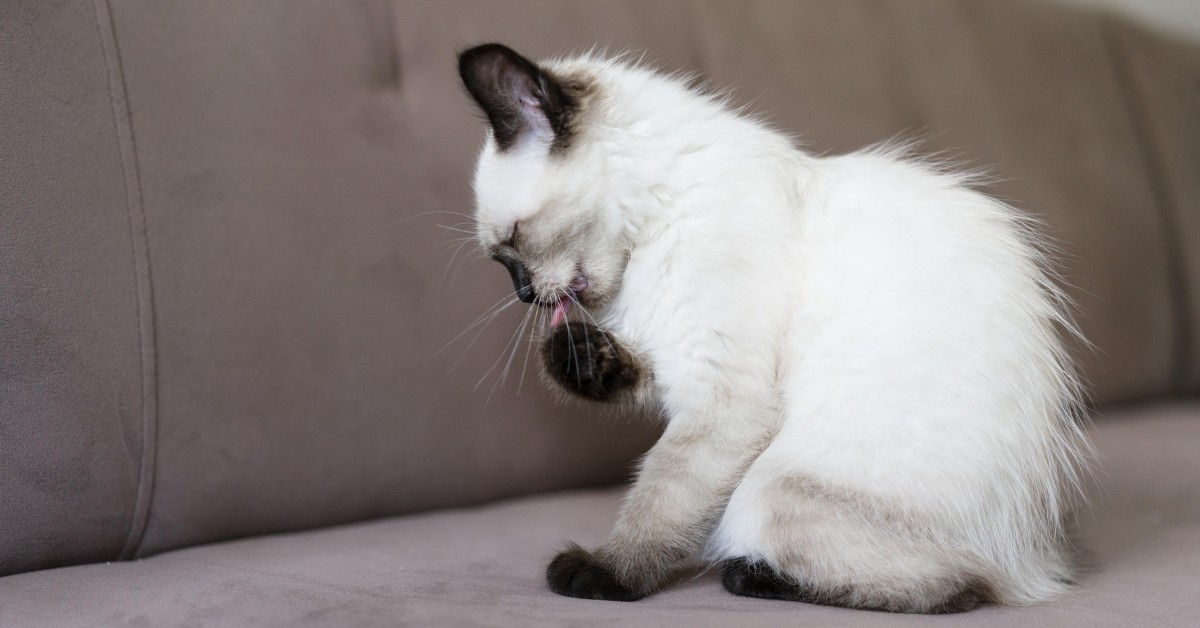Preventing Seizures in Dogs and Cats
Discover your options for eliminating, preventing, and treating seizures in dogs and cats.

Few events can scare a pet owner more than an unexpected seizure in a beloved pet. If your dog or cat drools, shakes, acts strange, and/or collapses due to a seizure, of course you want to take the appropriate actions to help your pet get over it safely. But wouldn't you really rather do whatever you can to keep these attacks from occurring in the first place? Let's look at the problem of cat and dog seizures, including some pet seizure prevention tips.
What Does a Dog or Cat Seizure Look Like?
It's important to recognize the telltale signs of a seizure so you can respond appropriately if your pet experiences one. A dog or cat seizure can produce a variety of symptoms, including drooling, twitching, snapping at the air, vocalizing, tail chewing, loss of bladder and bowel control, stiff or jerking limbs, and non-responsive staring into space. A seizure may resolve itself after a single attack, or it may take the form of multiple attacks within 24 hours or less.
A seizure attack typically involves three phases. In the pre-ictal phase, an animal may seem to go into a kind of trace. This phase is followed by the ictal phase, or the seizure itself, in which most of the extreme symptoms take place. The attack finishes with a post-ictal phase in which pets experience confusion and disorientation.
Why Do Dogs and Cats Suffer From Seizures?
Epilepsy is the main cause of seizures in dogs, although cats can suffer from this condition as well. The neurological issues behind these epileptic seizures may be genetic in origin, a problem known as primary epilepsy. The abnormality may lie within the brain itself, or it may originate in the blood vessels, an issue known as portosystemic shunt.
Idiopathic epilepsy has no known cause. Without a clear cause, total prevention of these kinds of seizures simply isn't possible. Veterinarians can only provide treatments to help keep these kinds of seizure disorders under control.
The good news is that many isolated dog and cat seizures are reactive, occurring due to clear causes and triggers that can be eliminated, minimized, or avoided. If your dog or cat suddenly experiences a seizure out of the blue, with no past history of epilepsy, suspect the following problems.
- Toxin exposure - Exposure to substances such as lead, fungi, organophosphates, antifreeze, caffeine, and recreational drugs can all trigger a seizure.
- Underlying medical conditions - Seizures may stem from a brain disease, head injury, liver condition, low blood sugar, kidney failure, heat stroke, or any medical problem that limits the amount of oxygen in the blood.
How Can You Prevent Seizures in Dogs and Cats?
If your cat or dog experiences a reactive seizure, you need to find out what triggered the reaction and keep your pet away from that trigger. Go through your house with a fine-toothed comb to find any foods, drugs, or household substances that could have caused the seizure. Then gather up a sample of the suspected toxin and take it with you and your pet to an animal hospital for evaluation and emergency treatment as needed.
If an underlying condition is triggering seizures in your pet, those seizures may go away once you get the condition successfully treated. Ask your veterinarian to run tests that check for metabolic or gastrointestinal problems, brain conditions, fungal infections, diabetes, liver disease, kidney failure, and other potential seizure causes. Treating any such issues as effectively as possible may improve your pet's overall health even as it stamps out the seizures.
How Can You Control a Diagnosed Seizure Disorder?
Even if your veterinarian has diagnosed your cat with an incurable congenital or primary seizure disorder, you still have treatment options that can get that disorder under control by reducing the frequency and length of the attacks. This is extremely important, since a seizure that goes on for more than five minutes, or clusters of seizures that occur one right after the other, can prove damaging or even fatal. (Treat such attacks as a veterinary emergency!)
Medication can play a key role in seizure treatment and control for pets. Drugs such as levetiracetam, zonisamide, potassium bromide, and phenobarbital can help minimize seizures, although they may not prevent them with 100 percent reliability. Your vet may need to try a few different combinations of meds to get optimal results.
Some dogs and cats with ongoing seizure issues may benefit from the well-known tranquilizer Valium. Valium won't prevent a seizure, but veterinarians sometimes prescribe it to help reduce the length of a seizure in progress. The more quickly your pet's seizure resolves, the better.
Some epileptic dogs and cats experience seizures when exposed to flashing or blinking lights. If your pet has this problem, remove any such light effects from your home. You may also want to keep your pet from watching TV or movies that might include such effects.
Talk to Your Vet About Seizure Prevention Strategies
Cat and dog seizures may be scary, but you don't have to let them ruin your pet's life. Talk to your veterinarian about your pet seizure prevention or treatment options. With the right combination of knowledge, diagnosis, professional treatment and home care, the two of you can find ways to help your best friend stay as seizure-free as possible.
Ready to start saving money on pet wellness care?
Then take a look at Mint Wellness, the pet wellness plan that provides fast reimbursement on routine pet care. Save on vaccinations, wellness exams, preventatives, dental, and more!
Learn More


